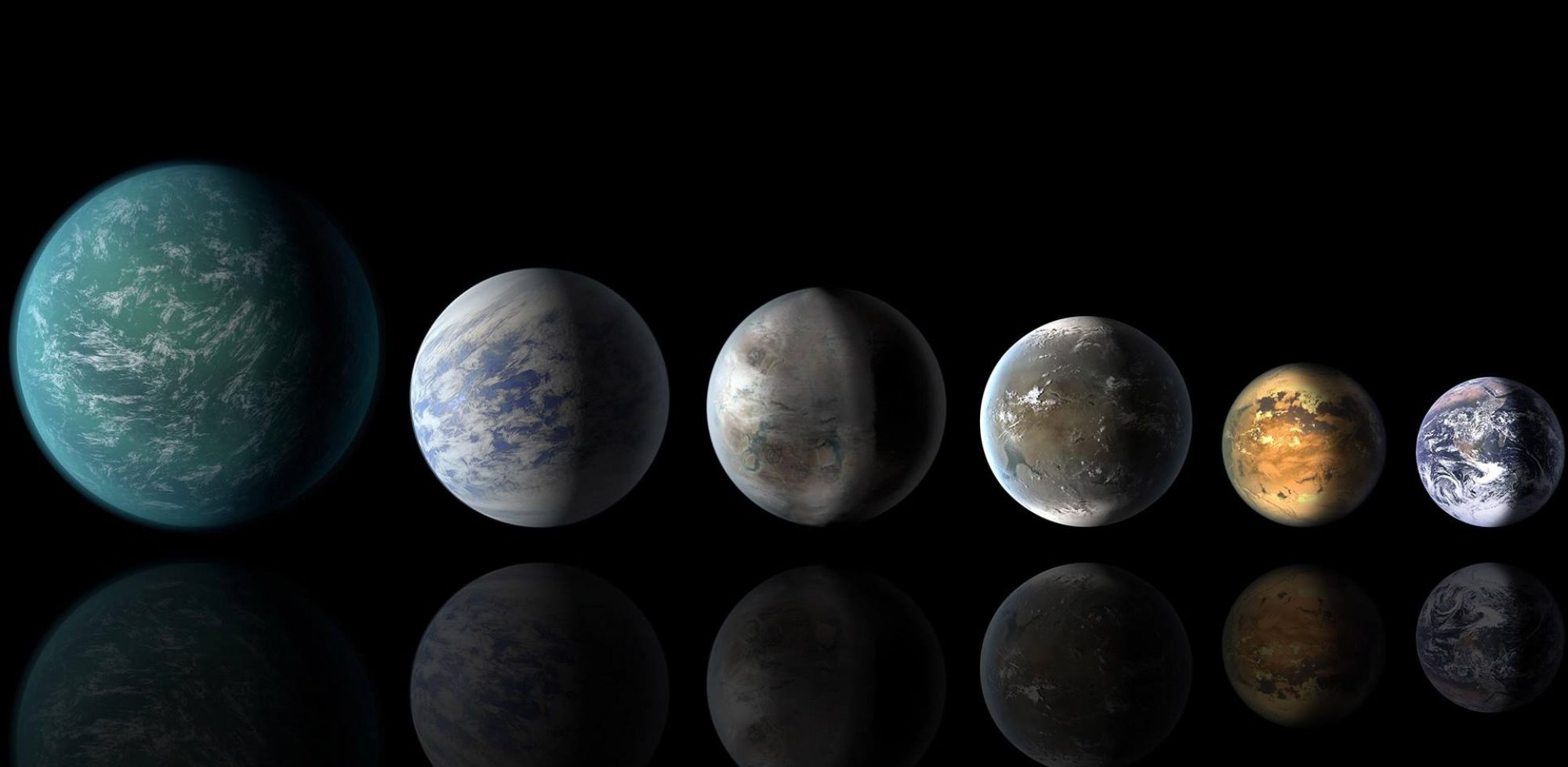For the first time, the surface of Venus has been imaged in visible wavelengths from space. The camera on the Parker Solar Probe pierced through the thick Venusian cloud cover and captured blurred but extremely valuable images of the highlands and lowlands of the planet. The breakthrough images came thanks to a spacecraft with an …
To Understand Habitability, We Need to Return to Venus
“You can feel what it’s like on Venus here on Earth,” said Kevin McGouldrick from the Laboratory for Atmospheric and Space Physics at the University of Colorado, Boulder. “Heat a hot plate until it glows red, place your palm on its surface and then run over that hand with a truck.” The surface of Venus …
Continue reading "To Understand Habitability, We Need to Return to Venus"
To Understand Habitability, We Need to Return to Venus
This column was written by my colleague, Elizabeth Tasker. Based in Tokyo, she is a scientist and communicator at the Japanese Space Agency JAXA and the Earth-Life Science Institute (ELSI). Her book, "The Planet Factory," was published last fall. This image shows the night side of Venus in thermal infrared. It is a false-color image …
Continue reading "To Understand Habitability, We Need to Return to Venus"
